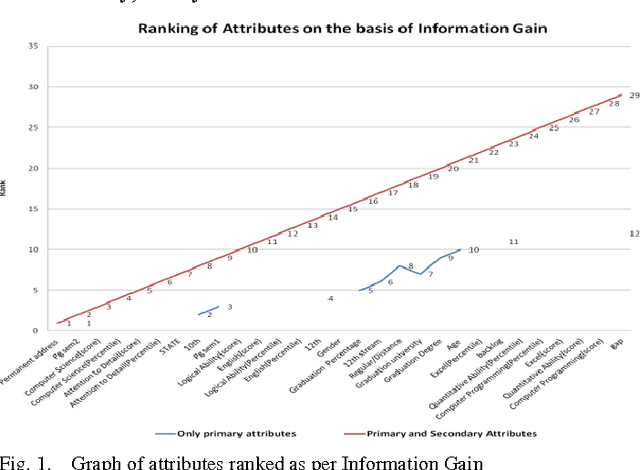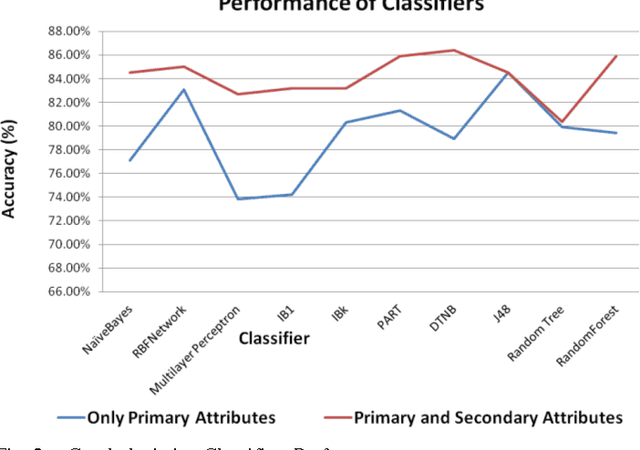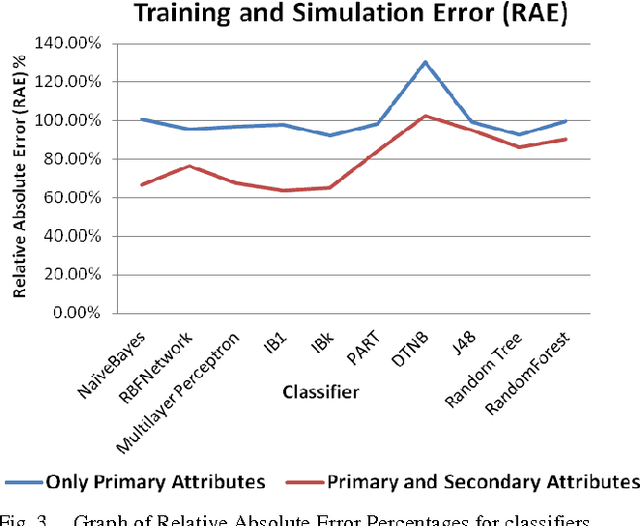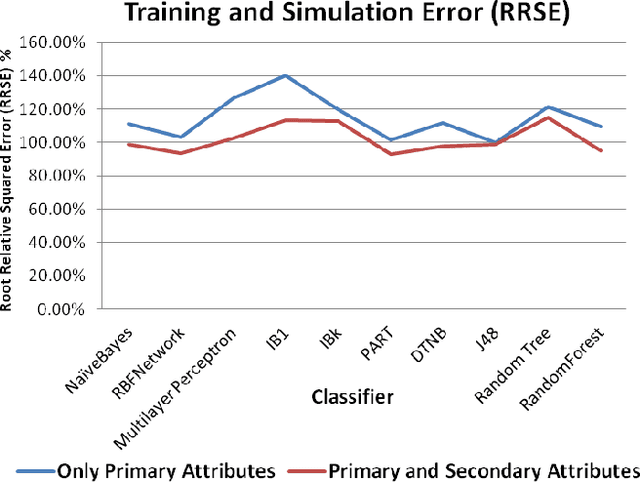Anil Mehta
Robust Prediction Model for Multidimensional and Unbalanced Datasets
Jun 05, 2024Abstract:Data Mining is a promising field and is applied in multiple domains for its predictive capabilities. Data in the real world cannot be readily used for data mining as it suffers from the problems of multidimensionality, unbalance and missing values. It is difficult to use its predictive capabilities by novice users. It is difficult for a beginner to find the relevant set of attributes from a large pool of data available. The paper presents a Robust Prediction Model that finds a relevant set of attributes; resolves the problems of unbalanced and multidimensional real-life datasets and helps in finding patterns for informed decision making. Model is tested upon five different datasets in the domain of Health Sector, Education, Business and Fraud Detection. The results showcase the robust behaviour of the model and its applicability in various domains.
Role of Secondary Attributes to Boost the Prediction Accuracy of Students Employability Via Data Mining
Aug 09, 2017



Abstract:Data Mining is best-known for its analytical and prediction capabilities. It is used in several areas such as fraud detection, predicting client behavior, money market behavior, bankruptcy prediction. It can also help in establishing an educational ecosystem, which discovers useful knowledge, and assist educators to take proactive decisions to boost student performance and employability. This paper presents an empirical study that compares varied classification algorithms on two datasets of MCA (Masters in Computer Applications) students collected from various affiliated colleges of a reputed state university in India. One dataset includes only primary attributes, whereas other dataset is feeded with secondary psychometric attributes in it. The results showcase that solely primary academic attributes do not lead to smart prediction accuracy of students employability, once they square measure within the initial year of their education. The study analyzes and stresses the role of secondary psychometric attributes for better prediction accuracy and analysis of students performance. Timely prediction and analysis of students performance can help Management, Teachers and Students to work on their gray areas for better results and employment opportunities.
* 7 pages
 Add to Chrome
Add to Chrome Add to Firefox
Add to Firefox Add to Edge
Add to Edge